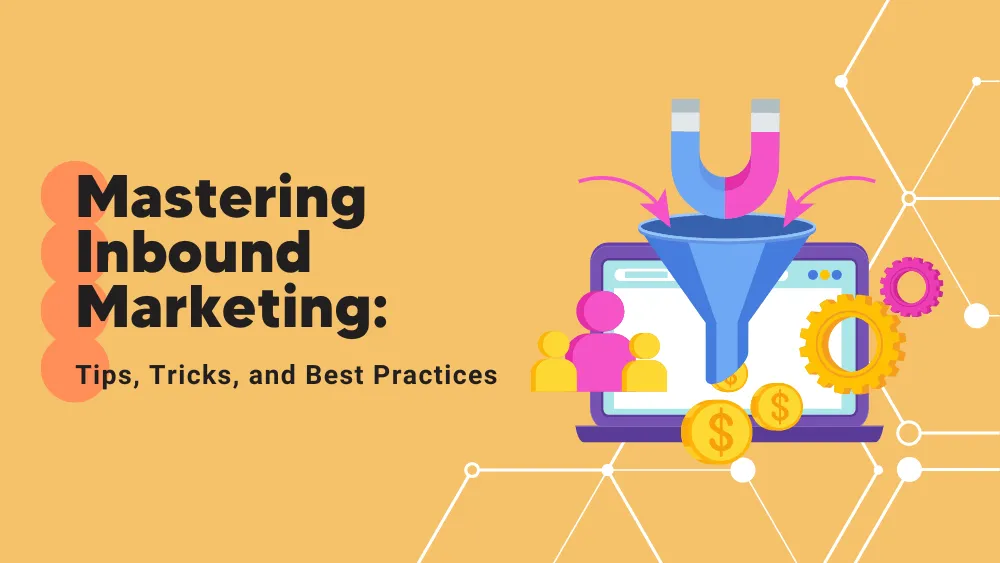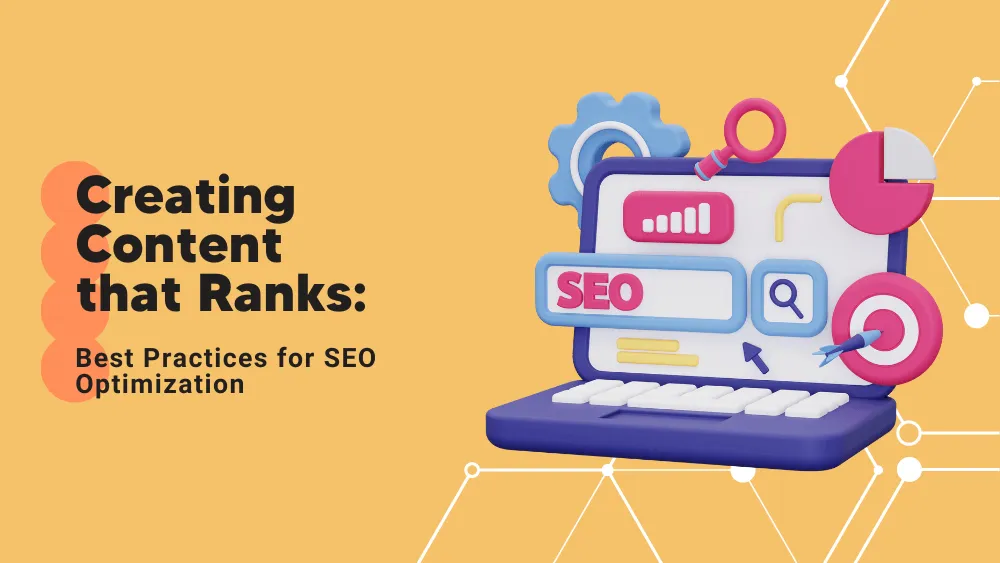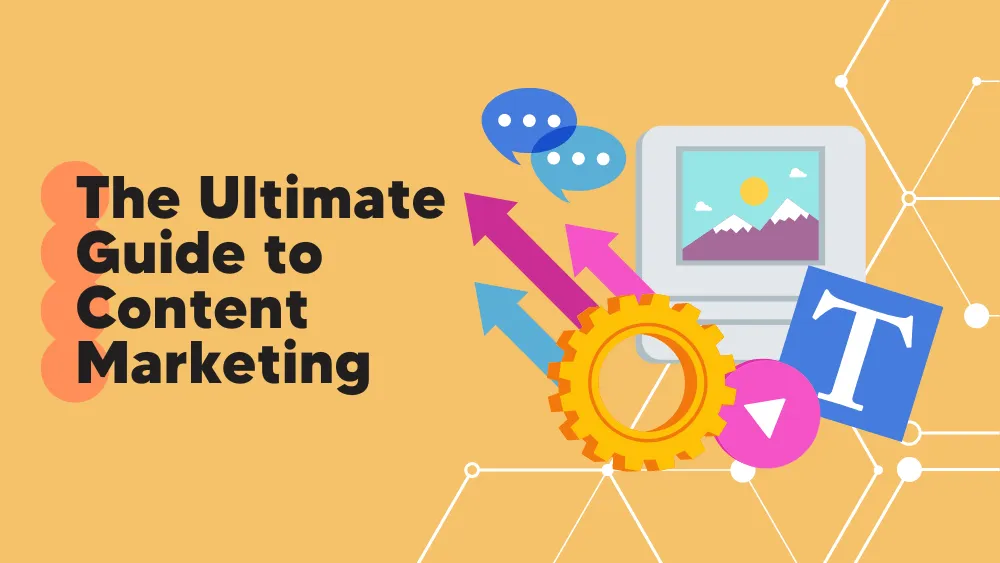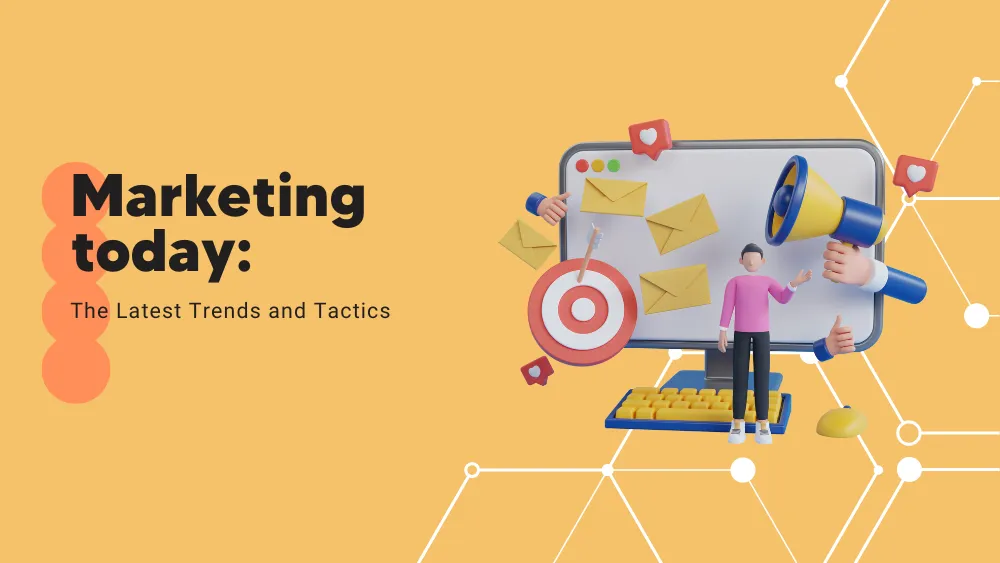Table of Contents
Marketing is about a company’s actions to generate leads and purchase or sell services or products. The answer to why you are here is that you have often heard about Inbound Marketing, and this concept may sound hard, but it is not impossible to understand.
With many businesses competing in the marketplace, mastering inbound marketing can be challenging in today’s digital age. As a result, we created this article dedicated to Inbound Marketing, so prepare your tea and take a comfortable seat to read the article, which will respond to some of the most important aspects. Sounds exciting right? Reading this article will develop your marketing skills and not only. So, let’s get down to business!
What is Inbound Marketing?
Inbound Marketing is a business manner that was created in 2005 by HubSpot‘s co-founder Brian Halligan and is described as seducing customers through shared valuable content and experience based on target audience preferences. Its methodology involves developing your company by creating significant, ongoing consumer connections. It’s about respecting and entrusting customers to achieve their objectives by creating strong relationships at any phase of their journey.
The Inbound Marketing methodology is more specific to digital marketing and can be applied in 3 ways:
- Attract: Attract the right audience by creating and transmitting content and having meaningful conversations that establish your credibility as a trusted advisor.
- Engage: Engaging potential customers by offering insights and answers that manage their issues and plans, increasing the probability that potential customers will choose to buy from you.
- Delight: Providing ongoing support and assistance to empower your customers to achieve success with their purchases, building long-term loyalty, and advocacy for your business.
The flywheel encourages businesses to focus on finding the right people, effectively addressing their pain points, and supporting them after they purchase from the company.
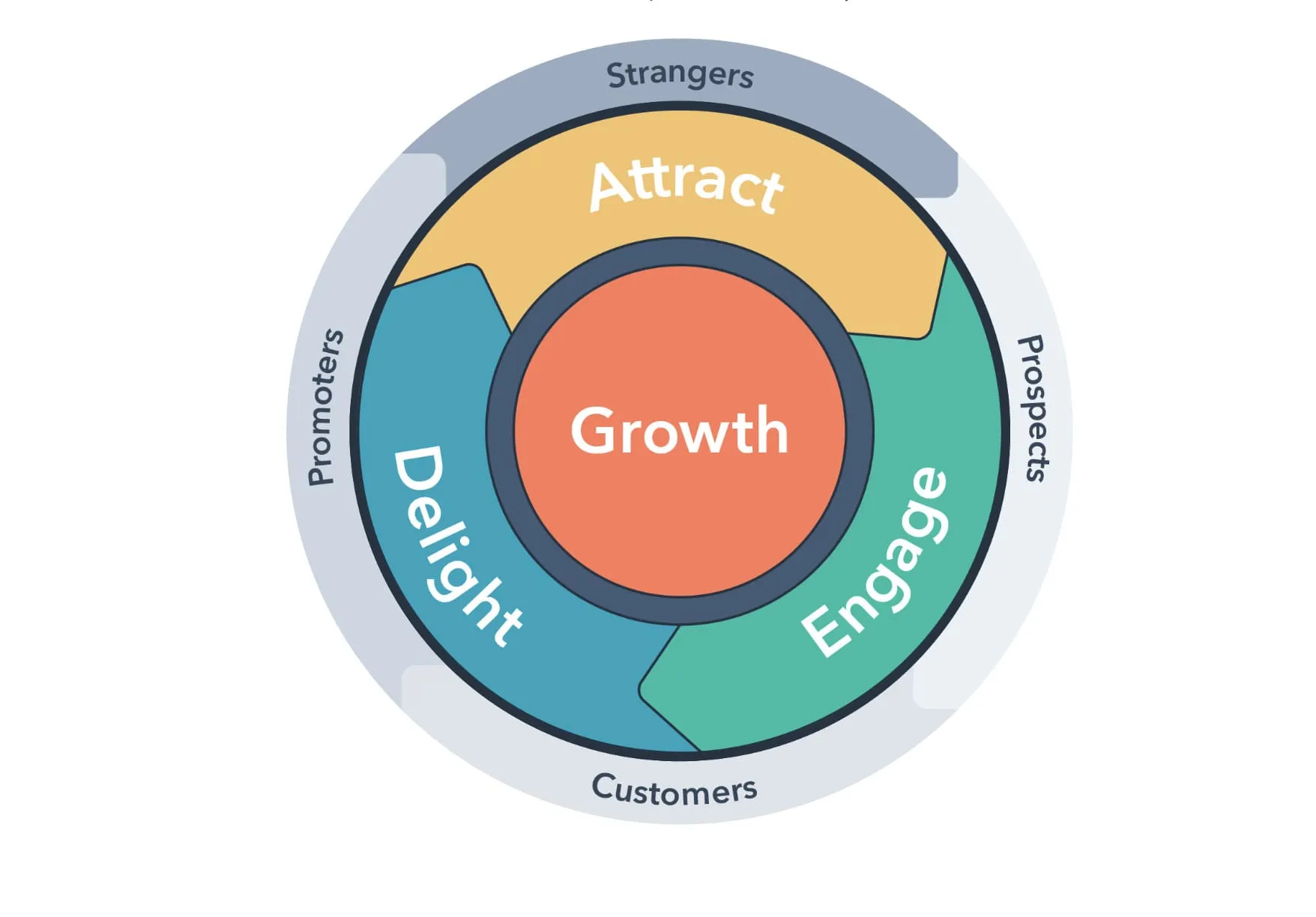
Inbound vs. Outbound Marketing
Inbound and Outbound marketing are different brothers; As a result, Inbound represents how customers find your business when they have specific needs. Examples include content marketing, search engine optimization, and opt-in email marketing (permission-based).
Furthermore, Outbound marketing pushes promotional messages to a wider audience, often through interruptive advertising channels. Examples of outbound marketing tactics include TV and radio commercials, direct mail, telemarketing, and display advertising.
Tracking how many people saw your TV commercial is harder than tracking how many views/click got a blog post, but businesses usually spend more on campaigns in outbound marketing. It is also about money; a TV ad slot can be more expensive than a posted blog.
- Digital content
- Social media posts, blogs, reports, webinars
- Messaging is tailored to specific consumers
- A complete strategy using multiple platforms.
- Using digital marketing software to track results
- Non-digital content
- Direct mail, magazine ads, billboards, TV
- The message must stand out among millions of ads
- A conventional strategy involving few channels
- Evaluation of marketing results can be difficult
Tips for Mastering Inbound Marketing
Mastering Inbound Marketing will evolve the way of approaching a company’s clients, and these are the top tips to acquire a nice customer-company relationship.
- Define your target audience – Defining your target audience can be easy at first look, but it’s not. By creating a buyer persona, marketers can imitate a perfect copy of the audience they want to reach, offering a product or a service based on their preferences.
- Create valuable content – To reach the targeted audience, create and publish valuable content like blog articles and social media posts that provide significance for customers. Some examples include guides on using products, information on solving customer issues, testimonials, promotions, and discounts.
- Optimize your website for SEO – To optimize your website for SEO, transform your website’s format and content to make it more foreseeable for search engines. Optimizing your website’s header tags and meta descriptions and creating high-quality and relevant content by using relevant keywords of your business domain will ensure your visibility among competitors.
- Use social media effectively – Social media allows you to share valuable content with your targeted audience, which is the basis of inbound marketing. By selecting the right social media channels and all their features for creating online campaigns, your organization’s social media strategy should be a piece of the general inbound marketing plan.
- Utilize email marketing – Email marketing is a powerful tool for mastering inbound marketing because it allows you to communicate with your audience on a personal and targeted level. These emails are built with a maximal approach for customers based on their preferences, and this is because it’s a type of permission-based email.
- Monitor and measure your results – monitoring your results in marketing is always a good idea. By checking where your campaign is not doing well (KPI), which is made by website traffic, conversion rates, open email rates, and social media engagement, you can change the strategy in a more approached way for the beloved customer. This tip will save your company from downtimes and, most importantly, money.
Tricks for Inbound Marketing Success
The success path of a company is a hard one covered by many difficulties and threats. Therefore, using these tricks for Inbound Marketing may lead to an easier way of achieving success.
- Focus on lead nurturing – Lead nurturing builds relationships with potential customers and ultimately guides them through the buyer’s journey to become a paying customers. Focusing on this involves engaging with leads through targeted content and communications that are personalized and relevant to their interests and needs.
- Use personalization in your marketing efforts – Every customer should be treated like a king; this lesson gave me my university teacher of marketing. Conclusively, personalized marketing campaigns based on individuals’ preferences will upgrade your customer’s vision of the company’s way of solving a problem with its product.
- Build a strong brand identity – The brand identity is not only about the logo, product, or slogan; it is about how customers see your company. By creating a brand identity, you apply all your brand values to any visual elements that promote your business, the company’s actions, customer relationship, and company behavior.
- Use chatbots to engage with website visitors – This trick already became a standard that every company uses. Introducing a chatbot to help your organic traffic may respond to customers’ issues and help them to the whole journey on the website, answering relevant questions that people may ask.
Best Practices in the SaaS Industry
According to Allied Market Research, Software-as-a-Service global market size was valued at $121.33 billion in 2020 and is projected to reach $702.19 billion by 2030, growing at a CAGR of 18.82% from 2021 to 2030. As a result, competition in this marketplace is increasing year by year. To get your placement ahead of your competitors, Inbound Marketing ensures this, so let’s look at best practices in the SaaS Industry for luring customers.
Understand your customer’s journey
The journey is a roadmap detailing how customers travel among the brand. By understanding this journey, companies undertake actions to improve the way and erase possible threats that the customer can meet at any stage of the journey, like obstacles and questions.
Provide a free trial or demo
This is a perfect move on how customers can become more familiar with your products and ideas in the middle stage of the marketing funnel. Moving forward with your customers by providing a free trial version of a SaaS product can establish enough trust for them, and the word “Free” sounds great at this stage, but unfortunately, it is not for free. Businesses also use this marketing move to get customer information like credit cards or email addresses.
Provide excellent customer service
SaaS Industry is about service, so treating your customer as king will build strong relationships and brand authenticity for your customer’s problems. In addition, to provide the best possible experience for your customers, gather all the information your customers give and implement changes as needed based on their preferences for the service or product the company manages.
Build customer loyalty programs
Clients respect this marketing strategy, often seen at service businesses like Starbucks. By spending some coins, you get stars; with those stars, you spend it on free food, drinks, and others. This strategy is uncommon for SaaS Industry, but some SaaS companies have implemented loyalty programs to reward their customers, like HubSpot (HubSpot Customer Referral Program), Salesforce (Salesforce MVP), and Slack(Slack Perks).
Conclusion
Inbound Marketing is the art of seducing customers through shared valuable content and experience based on target audience preferences. Despite SaaS Industries engaging the online channels, inbound marketing works well for SaaS Businesses.
Inbound marketing covers the online environment, representing how customers search for and evaluate software solutions online. Inbound marketing techniques, such as search engine optimization (SEO), content marketing, and email marketing, help SaaS businesses to increase online visibility, build thought leadership, and establish trust and credibility with their target audiences.
Even if businesses spend more money on outbound marketing campaigns, it doesn’t matter that it is a better strategy. By researching your clear goals, purposes, and objectives, businesses select which path is more profitable for getting clients.

